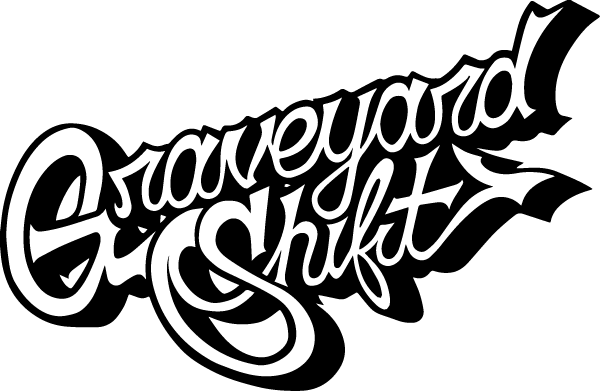Global Spotlight on Quechua Pop, Hip Hop, and Trap Music
In recent years, an unexpected musical revolution has been taking the world by storm. While the global music stage often gravitates towards mainstream genres, a unique blend of Quechua pop, hip hop, and trap music is gradually captivating audiences far beyond its South American roots. This musical phenomenon is not just enriching the global culture but also celebrating and preserving the rich heritage of one of South America's ancient civilizations – the Quechua.
What is Quechua Music?
Quechua is one of the most widely spoken indigenous languages in South America, particularly in countries like Peru, Bolivia, and Ecuador. Historically, Quechua music has deep roots in traditional Andean music, characterized by the use of instruments such as the charango, panpipes, and quena.
The Evolution to Modern Genres
With the advent of modern technology and the increasing accessibility of music production tools, young Quechua-speaking artists are now blending traditional sounds with contemporary genres like pop, hip hop, and trap. This fusion is not merely an artistic endeavor but a powerful statement about the resilience and adaptability of Quechua culture.
Key Artists Leading the Movement
Several artists are at the forefront of this new wave of Quechua music. Their contributions are critical in both preserving the Quechua language and introducing it to a global audience.
- Renata Flores: Dubbed the "Queen of Quechua Hip Hop," Renata Flores is known for her viral covers of popular songs in Quechua. Her music videos garner millions of views and resonate with a diverse demographic.
- Liberato Kani: A pioneer in Quechua rap, Liberato Kani combines traditional Andean sounds with modern hip hop beats. His lyrics frequently address social issues and the importance of cultural identity.
- Uchpa: Though they started as a rock band, Uchpa has integrated elements of Quechua in their music, bringing an eclectic mix of rock and traditional Andean genres to the fore.
The Cultural Impact
The rise of Quechua pop, hip hop, and trap music is more than just a musical evolution; it is a cultural renaissance. Here's how it's making a difference:
Preservation of Language
One of the most significant impacts of this musical trend is the preservation of the Quechua language. With fewer younger generations speaking Quechua, the incorporation of the language into popular music has rekindled interest among young people.
Raising Awareness and Pride
For many Quechua-speaking communities, the newfound global attention is a source of pride. It raises awareness about their culture and history, challenging stereotypes and promoting a more diverse understanding of South American heritage.
Social and Political Commentary
Like many musical genres that have served as vehicles for social change, Quechua hip hop and trap are often laden with poignant social and political commentary. Artists address issues such as racism, indigenous rights, and social inequalities, inspiring activism and conversation.
Global Reception
The reception of Quechua music globally has been overwhelmingly positive. Music festivals and international platforms are beginning to showcase these artists, allowing them to reach broader audiences.
Collaborations with International Artists
Collaborations with international artists are becoming more frequent, further merging Quechua influences with other global sounds. These partnerships elevate the profile of Quechua music and offer a richer, more inclusive global musical landscape.
The Role of Social Media
Social media platforms like YouTube, Instagram, and TikTok have been instrumental in propelling Quechua artists into the global spotlight. Viral videos and fan engagement have played a significant role in spreading Quechua music beyond South America.
The Future of Quechua Music
The future looks promising for Quechua pop, hip hop, and trap music. As the world becomes more connected, the exchange of cultural and artistic expressions is only expected to grow. For Quechua artists, this means more opportunities to share their unique sounds and stories with the world.
Challenges Ahead
Despite the growing popularity, Quechua artists do face certain challenges:
- Language Barriers: While the Quechua language adds a unique flavor, it can also pose a challenge in terms of wider acceptance and understanding.
- Resource Limitations: Access to advanced recording equipment and platforms can be limited, especially for those in more remote areas.
- Conservatism within Communities: Younger artists sometimes face resistance from older generations who prefer traditional forms of music over modern iterations.
Opportunities for Growth
Despite these hurdles, the opportunities for growth are abundant. More initiatives aimed at fostering Quechua music, such as grants, workshops, and collaborations with mainstream artists, can further propel this cultural movement.
Conclusion
The global spotlight on Quechua pop, hip hop, and trap music represents a significant cultural shift. It's a celebration of diversity, resilience, and innovation, affecting not just the musical domain but also social and cultural landscapes. As this musical genre continues to evolve and inspire, it holds the promise of a future where ancient traditions coexist harmoniously with modern artistry, creating a rich tapestry of global cultures.

